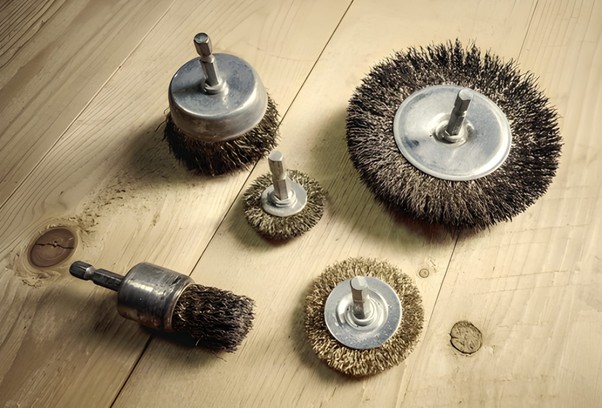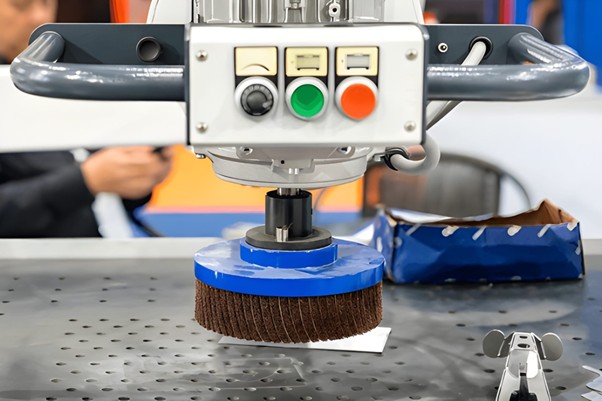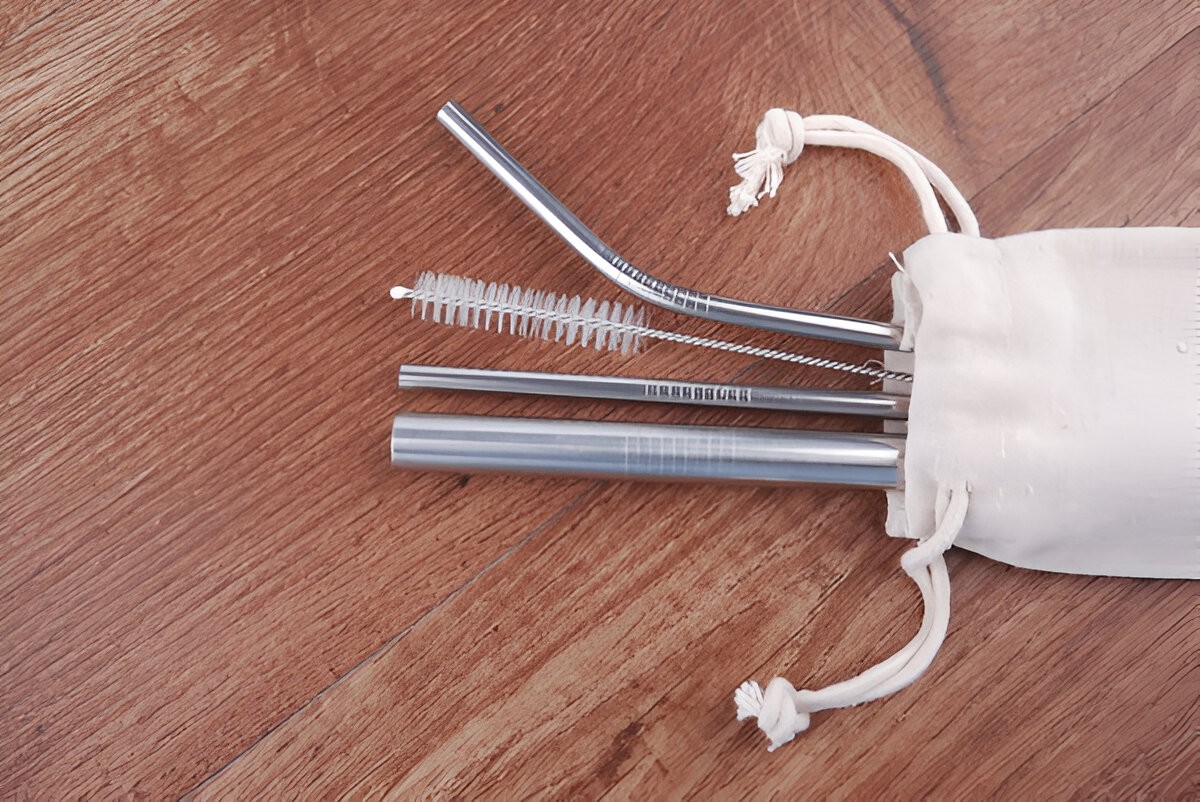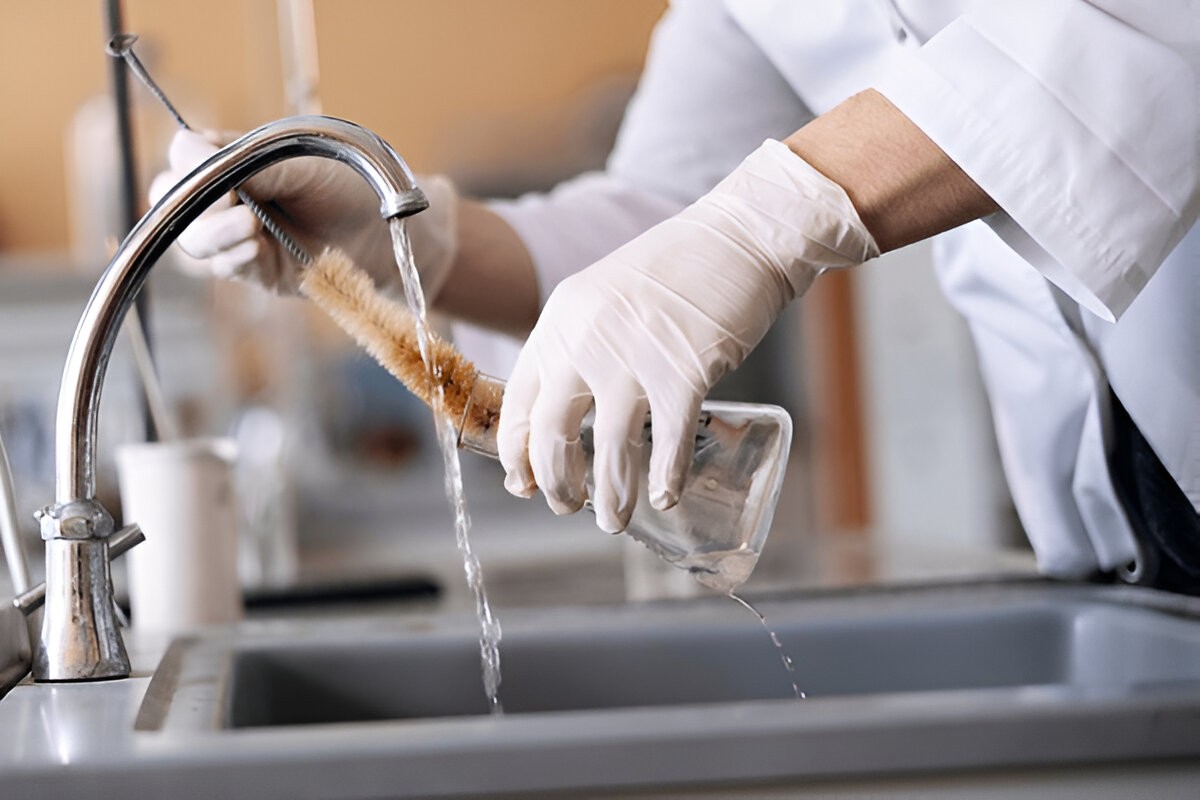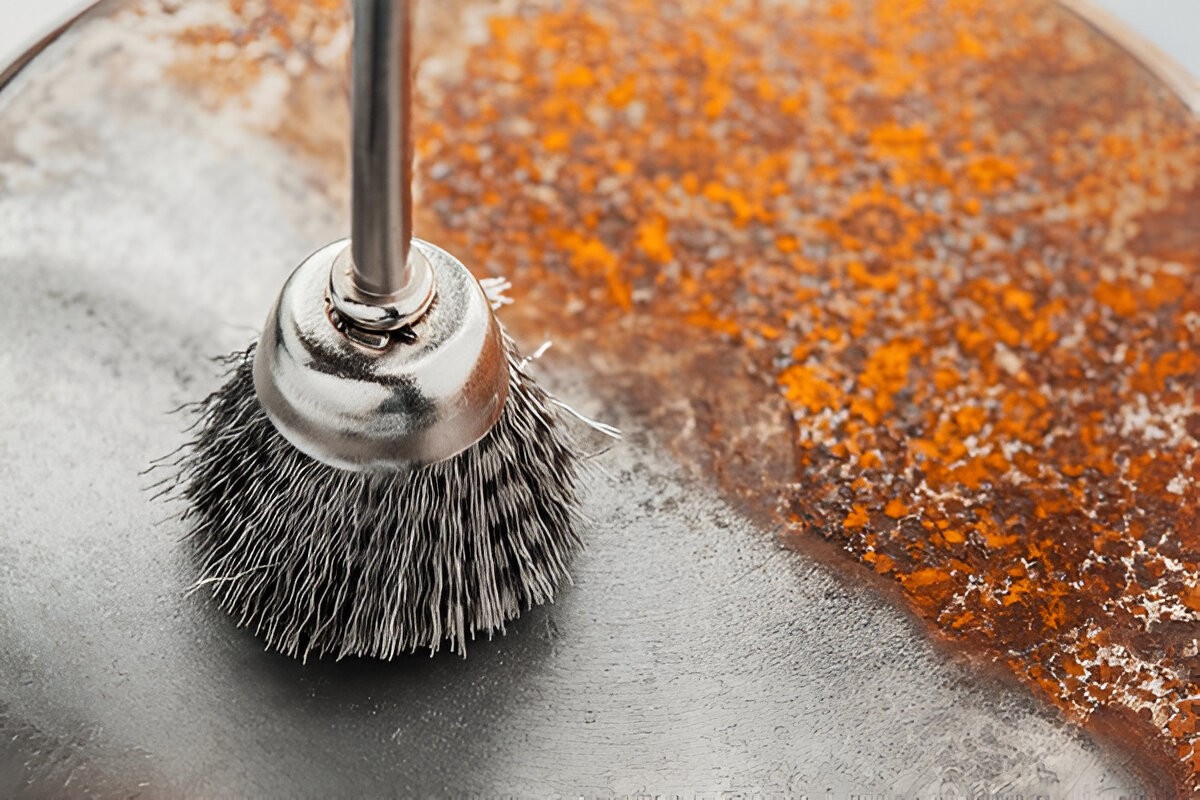How to Clean Narrow-Neck Bottles Effectively Using a Bottle Brush

Bottles with slim openings can trap liquid residue and odors. Using a bottle brush for cleaning bottles helps you reach deep inside and remove unseen grime. This tool works especially well for water bottles, baby feeding bottles, and any tall vessel with a tight neck. Let’s explore how to use it well and keep your bottles fresh
1. Choosing the Right Brush for the Job
When selecting a brush, check the handle length, bristle type, and flexibility. A handle should be long enough to reach the bottom of your bottle. The bristles should be thick enough to scrub but soft enough to avoid scratching. For example, silicone bristles resist bacteria better than traditional plastic ones. Also check the brush head width: it must fit through the bottle neck but still touch the interior walls. Using the right bottle brush for cleaning bottles means you actually clean, not just rinse.
2. Step-by-Step Cleaning Guide
- Rinse the bottle with warm water to loosen residue.
- Apply a small drop of dish soap.
- Insert the brush and push it all the way to the bottom. Twist and pull up gently to scrub the sides.
- Pay special attention to the bottle neck and the bottom corners, those are hotspots for buildup.
- Rinse thoroughly with clean water until no soap suds remain.
- For extra care, air-dry the bottle upside down on a rack or use a clean towel.
Using a proper brush removes hidden bacteria and keeps your bottle safe to use.
3. How Often to Replace Your Bottle Brush
A brush wears down and loses effectiveness with time. If the bristles are bent, frayed, or stained, it’s time to replace the brush. For many households, replacing every six to twelve months works well. But if you use it daily, especially with baby bottles or for smoothies that leave thick residue, consider replacing it every three to six months. A new brush scrubs better and avoids reintroducing germs. Tracking usage is smart: note the date you started using it, check the condition monthly, and swap when needed.
4. Special Focus: Bottle Brush for Baby Bottles
Cleaning baby bottles demands extra care. Feeding bottles often have narrow necks, nipples, and tiny parts. A dedicated bottle brush for baby bottles has a small, soft head to reach under the rim and inside the nipple area. After feeding, rinse the bottle immediately. Use the brush to scrub the inside walls, cap, and any attachments. Rinse thoroughly. Then sterilize according to the manufacturer’s instructions (boiling, steam, or electric sterilizer). Keep the brush only for baby use to prevent cross-contamination from other liquids. Such careful cleaning protects infants’ health.
5. Dealing with Hard-to-Reach Areas
Sometimes bottles have corners or shapes that are tough to clean. For those cases:
- Use a brush with a bendable handle to reach angled spots.
- Use a sponge head or a micro-fibre wrap around the brush tip to clean better.
- If residue smells bad or forms film, fill the bottle with warm water and a teaspoon of baking soda, let it sit for 15 minutes, then scrub with the brush. This kind of care keeps your bottle looking and smelling fresh.
6. Storage and Maintenance of Your Brush
After each use, rinse the brush thoroughly and let it air-dry completely. Store it in a ventilated holder so the bristles don’t sit in water. Avoid placing it face-down in a closed container because moisture encourages bacteria. Once a week, soak the brush in a solution of warm water and vinegar for about five minutes, then rinse well. This keeps the brush clean and prolongs its life.
Final Thoughts: Keeping Your Water Bottle Fresh
Your water bottle deserves good cleaning tools. Investing in a proper brush ensures you’re not drinking from a bottle with hidden grime. Choose wisely, replace at right intervals, clean baby bottles with care, and rinse hard-to-reach areas thoroughly. The next time you grab your bottle, you’ll know it’s safe, clean, and ready to go.
Achieving a truly clean bottle comes down to using a quality brush for water bottle cleaning, maintaining the brush itself, and replacing it when needed. At the end of the day, it’s about simple steps that keep your routine healthy and your bottle sparkling.
And if you’re looking for reliable brush solutions, check out “Hight Brush”. We supply high-quality brushes across many uses. We offer durable materials, fast shipping, and custom options for special needs. Choose Hight Brush for excellent cleaning tools.

